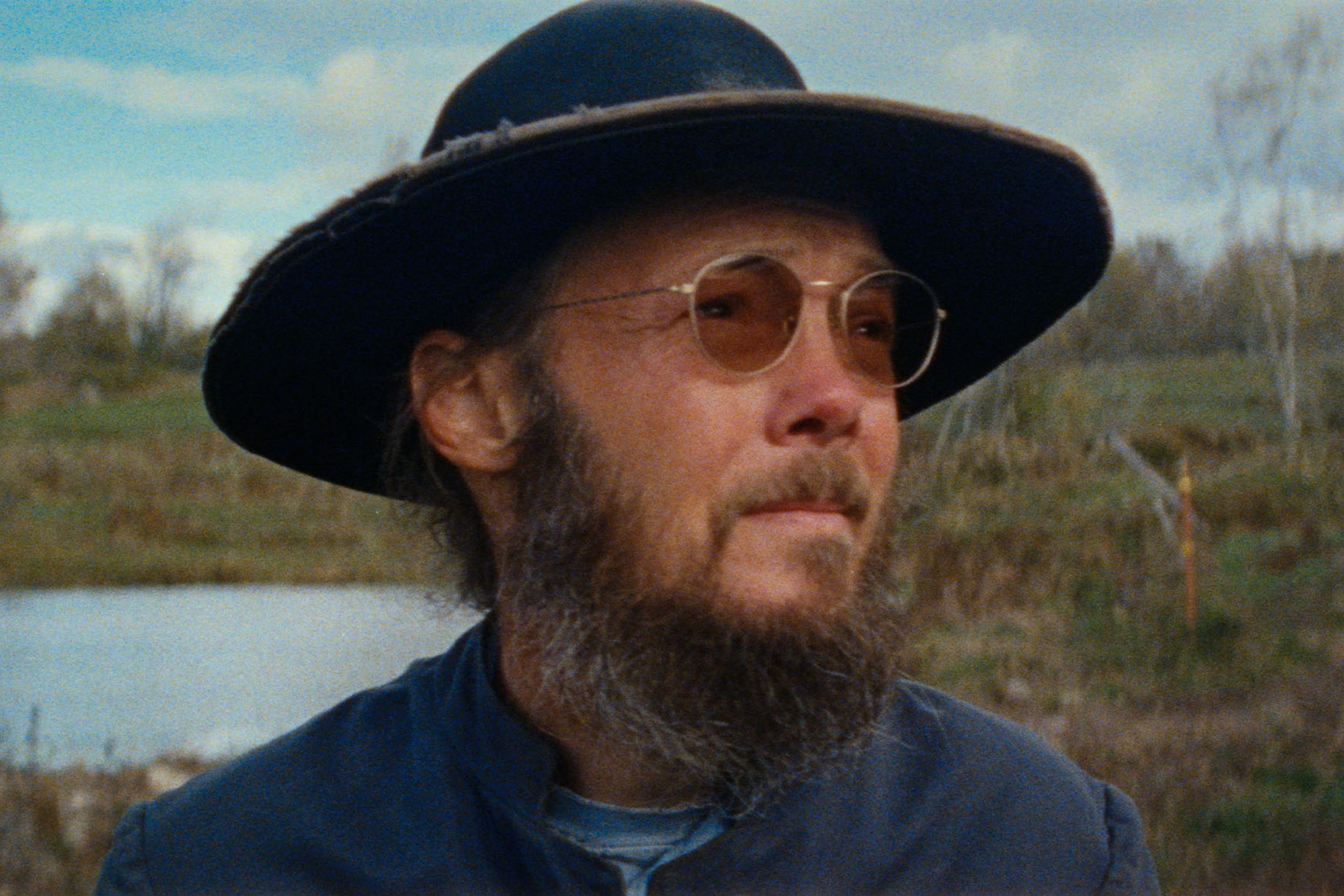Rooted in the Christian Anabaptist movement, from which groups such as the Amish and the Mennonites also derive, the Hutterites first formed in what is now the Tyrol region of Austria in the 16th century. The sect fled persecution across the continent before ultimately relocating to Canada and the United States during the late 19th and early 20th centuries. For his film The Hutterites (1964), the Canadian director Colin Low was given rare access to a Hutterite colony in Alberta, where he detailed the community’s history, beliefs and social structure with diligence and respect.
In his portrait, Low emphasises the ways in which the Hutterites both intersect with and insulate themselves from the modern world. In doing so, he finds a people determined to eschew many modern conveniences and luxuries, but not fully resistant to change. For instance, innovations to help them work the land are embraced, and, as one Hutterite woman explains, marriage is no longer arranged. Low also captures how the Hutterites’ strict interpretation of the Bible demands an unyielding commitment to community. Indeed, it’s a philosophy that must be put to practice in commune life, where farm work and almost every single possession is shared, and populations rarely exceed 100.







